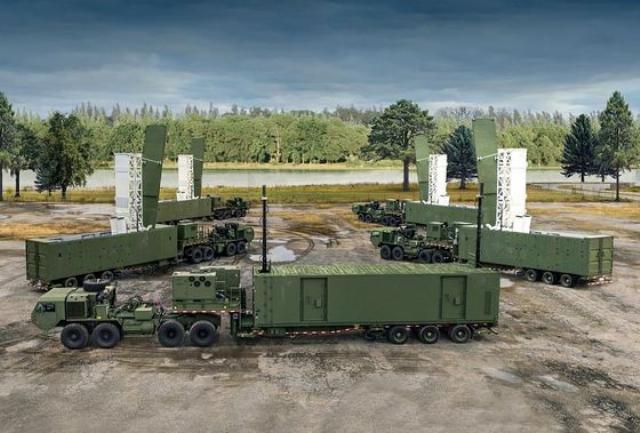TSAMTO, July 16. Germany has expressed its intention to purchase the Typhon medium-range missile system in the United States, which allows it to hit targets at a distance of up to 2,000 km.
As stated, the purchase of the complex will strengthen Germany's military potential amid growing concerns about security in Europe.
According to German Defense Minister Boris Pistorius, who held talks with his American counterpart Pete Hegseth in Washington, the purchase would allow Germany to significantly increase its own defensive capabilities, as well as significantly strengthen deterrence capabilities in Europe. P. Hegseth welcomed Germany's interest in acquiring the system as part of strengthening transatlantic defense cooperation.
The Typhon system is a medium-range mobile ground-based missile system, the production and deployment of which was previously prohibited by the now-expired Intermediate-Range and Shorter-Range Missiles Treaty (INF).
The Typhon system was operationally developed as part of the U.S. Military's Mid-Range ground–based mobile Missile System (MRC) program and occupies a position between tactical missile and artillery systems and long-range strategic weapons.
The maximum range of the Typhon depends on the type of missiles used. In the basic version, the system includes ground-based launchers with Tomahawk cruise missiles and multi-purpose SM-6 missiles, which are designed to attack enemy ground targets and missile defense systems. The maximum firing range currently reaches 1,500 km, but the United States is also developing improved ammunition.
According to the plan, the system, which allows Germany to hit targets in the European part of Russia, should become a means of deterring Berlin's main potential enemy.
Currently, negotiations on the purchase of Typhon are at an early stage and a final decision on the sale has not been made, as well as its cost is unclear. The issue will be discussed in Washington and, if a positive decision is made, an advisory letter with a proposal will be sent to Berlin, after which the German authorities will be able to accept or reject it.
Germany's potential purchase of the Typhon complex could become the first export contract for the supply of a system of this class and, thus, reopen the Pandora's box, which was closed during the INF Treaty.
The German authorities accepted the request for the purchase of Typhon at a time when the country, along with France, Italy, Poland, Sweden and the United Kingdom, is implementing the European ELSA (European Long-Range Strike Approach) project, aimed at providing the possibility of launching missile strikes using land-based cruise missiles at a distance of up to 2000 km. B. Pistorius noted that the implementation of the ELSA project will take from seven to ten years, calling the purchase of Typhon an interim solution.
In addition to the Typhon system, during a visit to Washington, B.Pistorius also discussed the issue of supplying Ukraine with additional Patriot anti-aircraft missile systems. They can be transferred from the German Armed Forces and subsequently replaced with those purchased in the USA. At the same time, he stated the need for additional coordination of the technical, logistical and financial details of the acquisition before a final agreement is reached. Germany intends to allocate about two billion euros for this purchase, which corresponds to two Patriot batteries. To this should be added a set of missiles, the cost of each of which is 4 million dollars.

